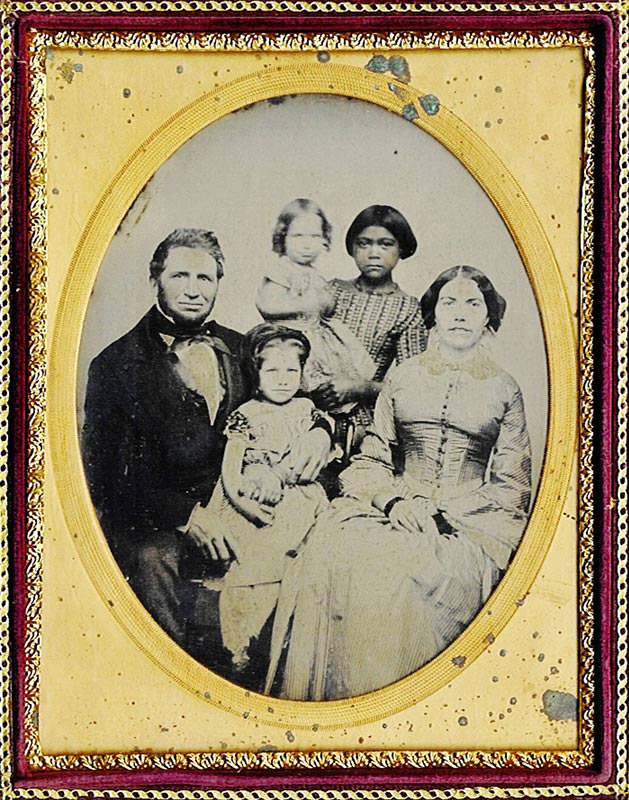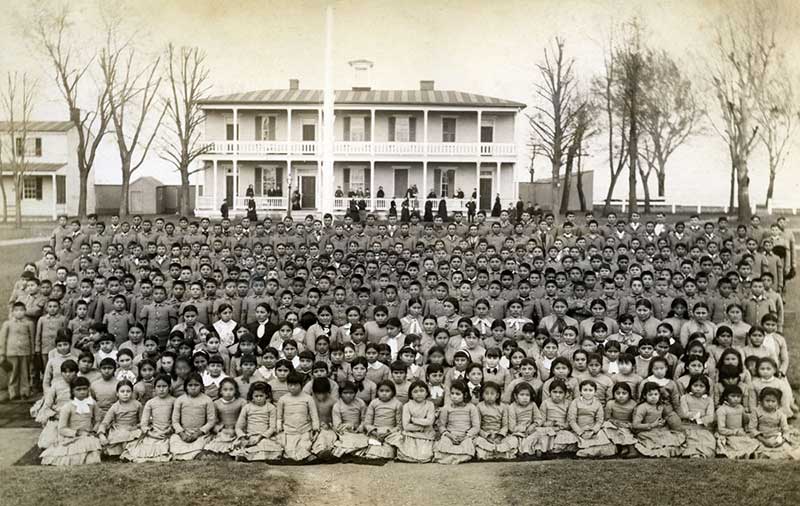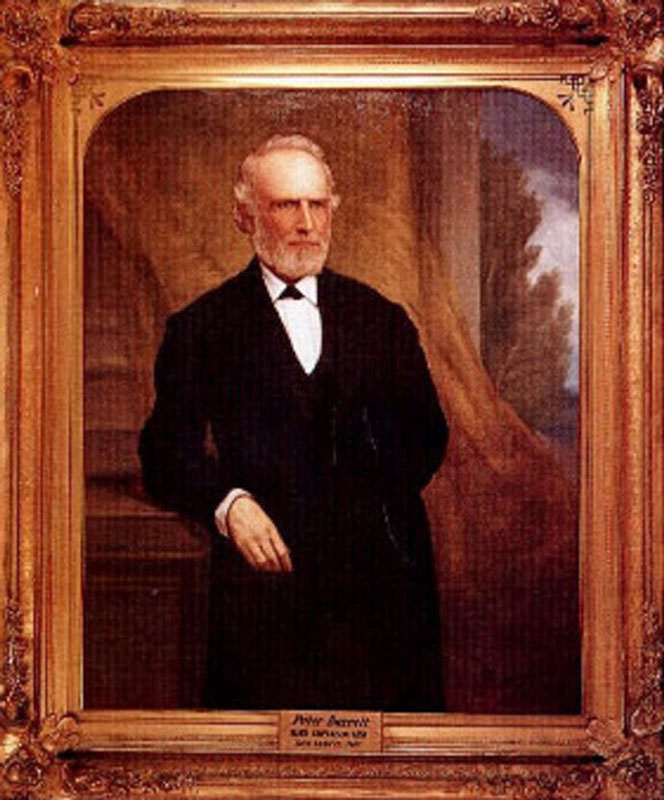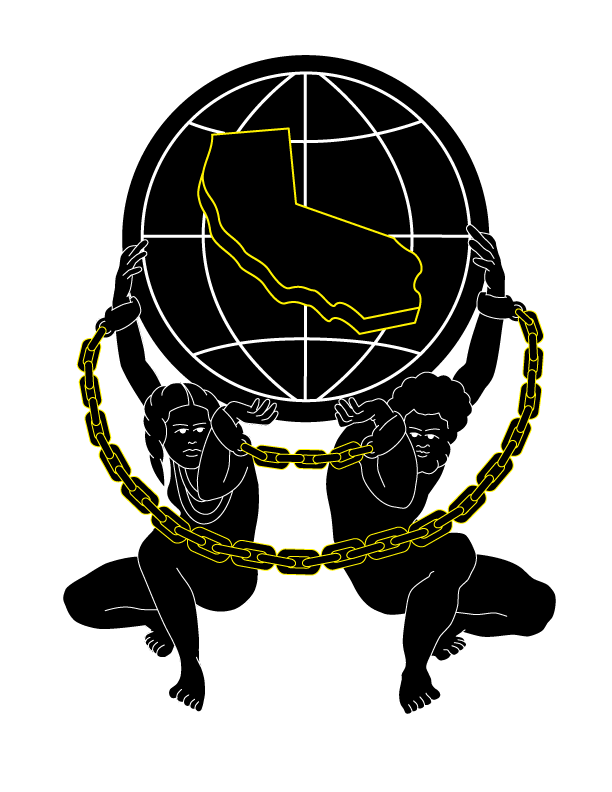
Today it’s the site of a federal courthouse in Los Angeles. But in the mid-19th century, a stretch of Main Street in downtown Los Angeles was a flourishing slave market. Native Californians were sold in auctions there from about 1850 to 1870—thanks to a state law nefariously called the Act for the Government and Protection of Indians.
The Act made it legal for whites to enslave Native people who were charged with “loitering” or public drinking. At the time, local ranchers and vineyard owners paid their Native Californian workers with alcohol, a practice that in turn encouraged public intoxication. Local lawmen regularly conducted sweeps, arresting Native people. On Mondays, employers seeking cheap labor came to the auction and paid the bail of men and women who had been arrested under the Act. The accused Native workers were then forced to work until their debt was paid. These auctions reflect the widespread discrimination and violence against Native Californians, who could not become citizens, vote, or testify in court. Between 1850 and 1870, their population in Los Angeles fell from 3,693 to 219 people. Over the years, Native groups have protested for justice at the former auction site.
California Book of Statues, 1850
Chapter 133: Act for the Government and Protection of Indians:
Any person having or herafter obtaining a minor Indian, male or female, from the parents or relations of such Indian minor, and wishing to keep it, such person shall go before a Justice of the Peace in his Township...

"Little known is the fact that the state’s founding went hand in hand with official government policies that sanctioned slavery and genocide."
Photo: Abdi Soltani, Executive Director of the ACLU of Northern California

The Los Angeles Slave Market was held on Downey Block, on the corner of Temple and Spring Street // Credit: University of Southern California Libraries and California Historical Society

A federal courthouse in Los Angeles now stands in the same location that the slave market once stood.

Looking to satisfy demands for cheap household labor, California passed a law that encouraged the kidnapping of Native Children.

"Kill the Indian...and save the man" was the founding mission of Indian Boarding Schools, a massive government project that warehoused thousands of children in state-run institutions.

A medicine woman of the Tongva nation, Toypurina helped lead a rebellion against Spanish missionaries who invaded her homeland.

The first elected governor of California, Peter Hardeman Burnett, advocated for the genocide of Native people and tried to ban blacks from the state.

The mission of Gold Chains is to uncover the hidden history of slavery in California by lifting up the voices of courageous African American and Native American individuals who challenged their brutal treatment and demanded their civil rights, inspiring us with their ingenuity, resilience, and tenacity. We aim to expose the role of the courts, laws, and the tacit acceptance of white supremacy in sanctioning race-based violence and discrimination that continues into the present day. Through an unflinching examination of our collective past, we invite California to become truly aware and authentically enlightened.